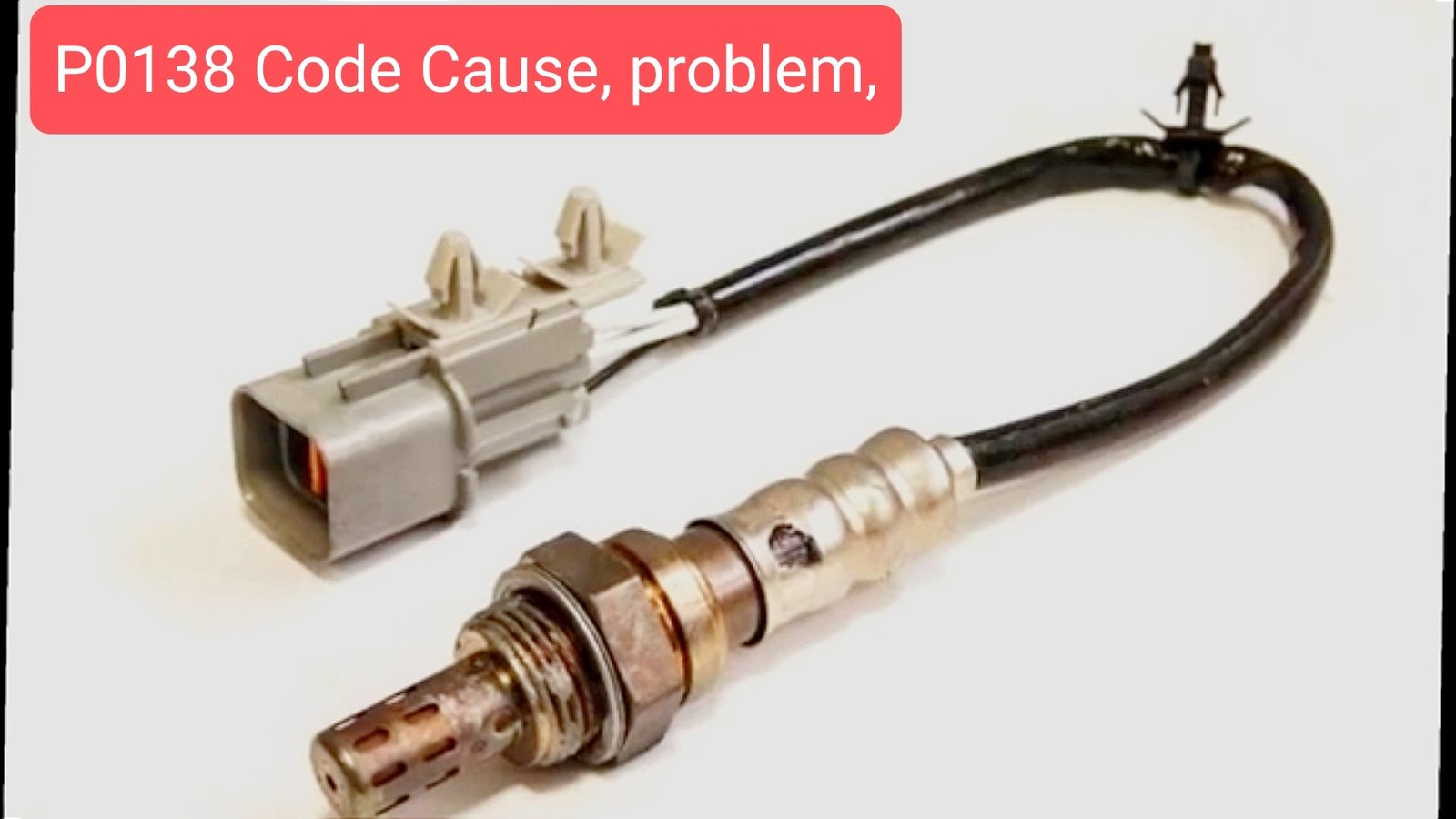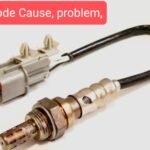Have you ever found yourself minding your own business while driving when the lights on your dashboard start flashing and your car seems to be acting strangely? If you’ve experienced this, you’ve likely encountered the infamous P0138 code. But fear not! In this post, we’ll go over the P0138 code, explain what it is, how to diagnose it, and what steps to take to get your vehicle back on track.
Table of Contents
What Does Code P0138 Mean?
Oxygen sensor 2 is downstream of the catalytic converter. It checks the amount of air and fuel coming out of the catalytic converter to make sure it is working properly. If the voltage is high (about 9V), there is too much fuel in the mixture. If the voltage is low (about 1V), there is too much air in the mixture.
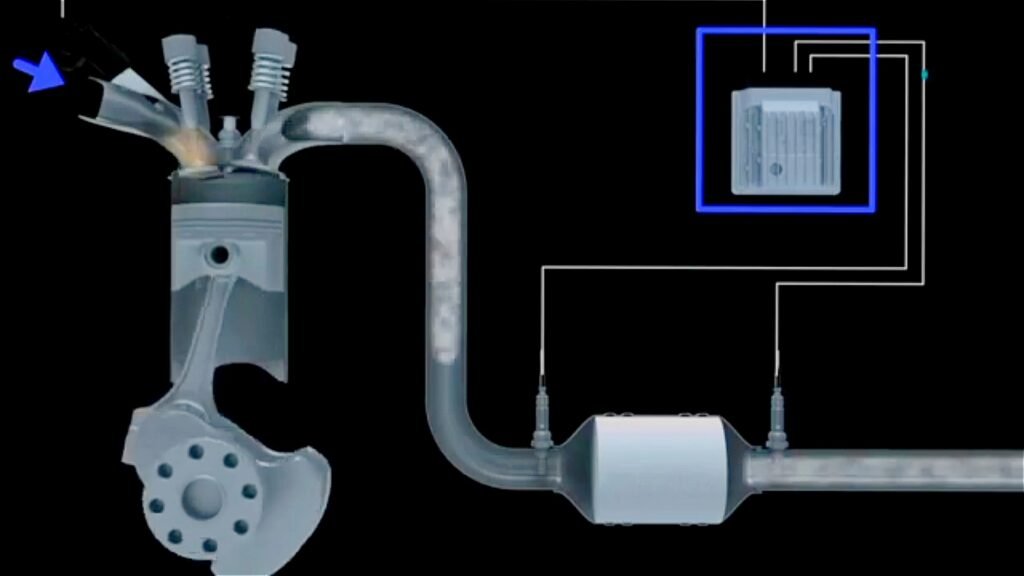
As a result, the next-level oxygen sensor (Sensor 2) should output a steady value of approximately 0.45 volts. When fault P0138 Code is set, it means that there is a high voltage (above 9 volts continuously) for more than 10 seconds, indicating that there is a lack of oxygen in the exhaust stream and sensor 2. Fuel is abundant on edge 1.
- P0138 definition: High voltage circuit for O2 sensors (Bank 1, Sensor 2)
- Issue Severity: Driving with this code for an extended period may cause internal engine damage.
- Repair Urgency: By fixing this code within the next month, you can avoid internal engine damage.
- Diagnosis: When diagnosing the P0138 code, you must finish the entire diagnostic process. This DTC might be caused by a defective oxygen sensor or improper fuel pressure.
P0138 Causes
- Faulty O2 Sensor Problems
- The O2 sensor signal circuit has a short due to the battery voltage.
- corroded electrical wire
- excessively high fuel pressure
- Sensor for the engine coolant temperature
What Most Common Symptoms Are Related With the P0138 Code?
The following are typical symptoms to look out for when you get a P0138 code:
- The check engine light is illuminated
- Misfire in the engine
- Overuse of fuel
- Rough idle
- Failure to accelerate
- Stalling
Read Also➡️ p0118 code Causes, Problem, and Fixes
How Can I Fix Error Code P0138?
The first step in troubleshooting a P0138 Code is to get it professionally diagnosed to determine what is causing the oxygen sensor voltage issue. Using the FIXD sensor and the app’s live data function, you may read and analyze oxygen sensor inputs to correctly diagnose a P0138 code. If you are not comfortable diagnosing this problem further at home, we recommend visiting a RepairPal-certified shop to pinpoint the problem and provide an exact repair quotation.
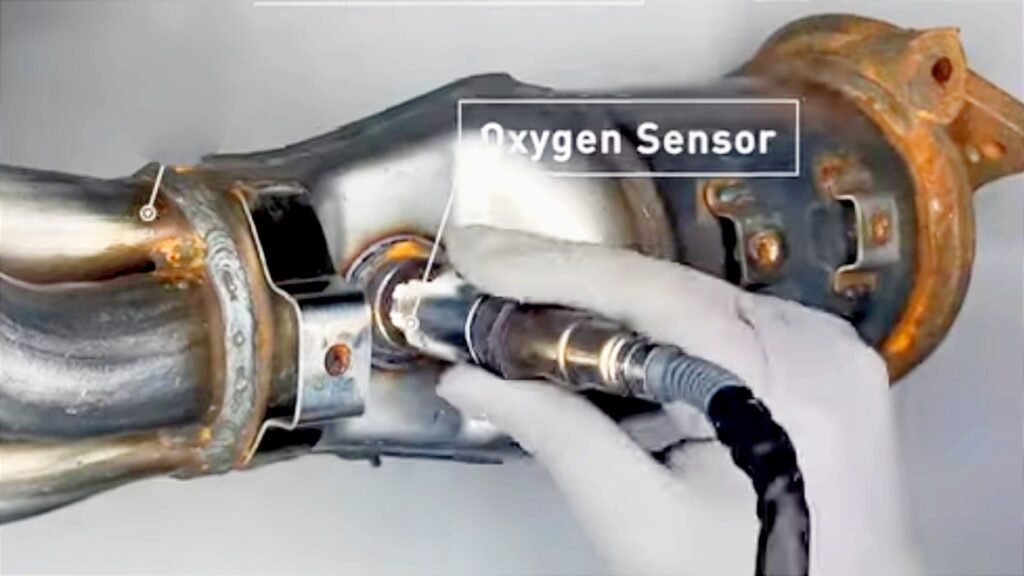
These shops guarantee fair pricing and offer a minimum 12-month, 12,000-mile warranty. They can also assist you in identifying the problem before you waste time and money on the incorrect parts.
What is the price of fixing code P0138?
When you bring your car to a shop for diagnosis, most shops will begin with an hour of “diag time” (work spent diagnosing your unique problem). Depending on the shop’s labour rate, this usually costs between $75 and $150. Many, if not all, businesses will apply the diagnosis cost to any necessary repairs if you have them done for you. A shop will then be able to provide you with an accurate quotation for the repairs required to resolve your P0138 Code issue.
Read Also➡️ PDK Transmissions: Do They Work and Can They Be Fixed?
Estimated Repair Prices for P0138
For the code P0138, one or more of the following repairs may be required to resolve the underlying problem. For each feasible repair, the estimated cost of repair includes the cost of the needed parts as well as the cost of labour to complete the repair. Oxygen sensor $200-$300
- The cost Fuel pressure regulator is $200-$400.
- Sensor for engine coolant temperature costs $150–$200
Steps for Diagnosing Code P0138
If you want to try to fix code P0138 at home without spending money on parts, follow the instructions below for an accurate diagnosis. Diagnosis may necessitate the use of professional equipment in addition to the FIXD Sensor, but for the most part, this is a beginner-level diagnosis and repair for DIYers.
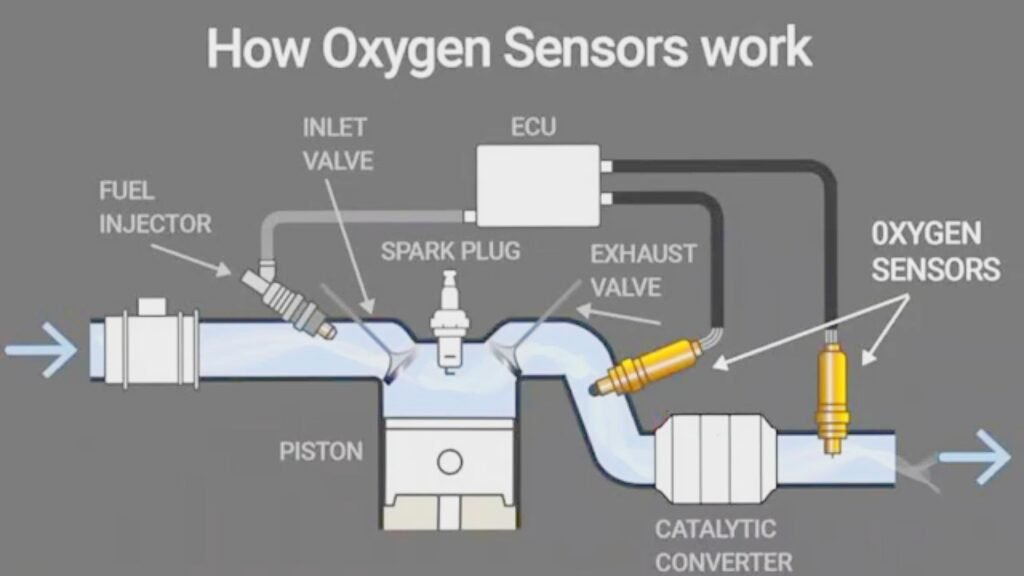
Easy is the DIY difficulty level.
This repair is simple enough for first-time DIYers to complete.
Tools/parts needed (our top picks from Amazon):
- Fixed
- Multimeter
- fuel pressure indicator
- Vehicle-specific service manual
Pro Tip: The #1 spark plug is always in bank 1. Again, figure out which bank is which first, or you’ll waste a lot of time and work. For a Ford, O2 sensor 1/1 is the upstream sensor on Bank 1, which is different from O2 sensor 1/2 on a Chevy or Dodge. O2 2/1 is upstream on Bank 2, while O2 2/2 is downstream on Bank 2.
Read Also➡️ P0017 Code Symptoms, Causes, and Fix
STEP 1: To ensure that no more engine codes are present, use FIXD.
Make sure P0138 is the only code present in your car by using FIXD to scan it. If more codes are present, they must be addressed first.
STEP 2: CHECK WIRING AND CONNECTIONS.
Examine every connection and wire at the oxygen sensor.
STEP 3: Verify the oxygen sensor voltage.
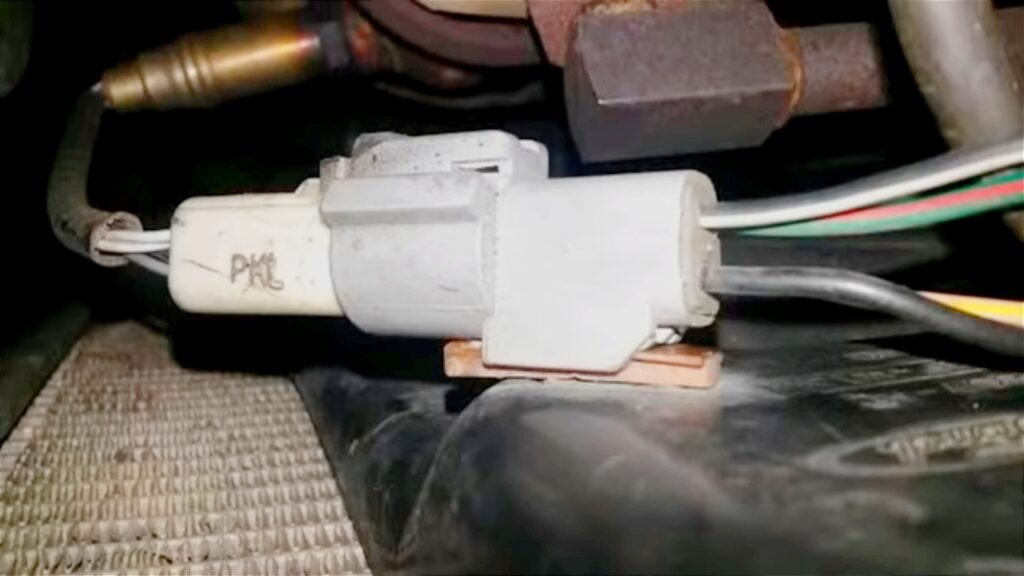
Check the voltage at the O2 sensor; if it is consistently high (0.9V or greater), the sensor may be malfunctioning. Before replacing, consider the following:
- Check that the coolant temperature is being read correctly (see the vehicle handbook for details).
- Verify that the fuel pressure falls inside the given range.
Replace the bank 1 downstream O2 sensor if it reads high voltage and the fuel pressure and coolant temperature are within specifications.
STEP 4: SPEAK WITH A PROFESSIONAL.
If the vehicle continues to display the same code, you may have a more significant problem with the engine coolant system, and you should take it to a professional shop for further diagnostics.
Common P0138 Diagnostic Errors
When diagnosing P0138 Code, it is vital that you complete the entire diagnostic process. Don’t miss a simple reason, such as a loose or damaged connector. The cabling and plastic connectors for the oxygen sensor are prone to damage due to their proximity to the ground and hot exhaust.
Read Also➡️ What is a flywheel? Problem definition, functions, and working principle
Still need help resolving Code P0138?
If you’ve followed the procedures above and are still having problems with the coolant temp circuit and P0138 Code, please call the FIXD Mechanic Hotline if you’re a FIXD Premium subscriber, or find a RepairPal-certified shop near you to receive the proper repairs at a reasonable price.
Conclusion
In conclusion, the P0138 code may appear daunting at first, but with the appropriate information and approach, it can be effectively detected and rectified. Understanding the significance of the code, recognizing its symptoms, and following proper diagnostic and repair procedures will help you fix the problem and preserve your vehicle’s best performance and longevity on the road.
FAQs
What is the P0138 code?
P0138 is the High Voltage Diagnostic Problem Code (DTC) for the O2 Sensor Circuit in Bank 1 and Sensor 2. The code will be set when your car’s primary computer, commonly known as the powertrain control module (PCM), determines that the voltage signal from the rear O2 sensor is too high for a specific length of time.
Can I drive with a P0138 code?
Yes, it is possible to operate a car with the engine light P0138 Code. However, because this is a somewhat severe code, you should stop driving as soon as you notice it. This code may cause internal engine damage if driven for an extended period of time.
Can I continue driving with the P0138 code?
However, because this is a somewhat severe code, you should stop driving as soon as you notice it. In reality, lengthy driving with this code can result in Internal engine damage. The catalytic converter failed.
Can a bad O2 sensor cause other problems?
Will a bad O2 sensor result in a rough idle and loss of engine power? You bet. Furthermore, you may notice slow acceleration, engine misfires, or even halting. The air-fuel ratio, combustion intervals, engine timing, and other crucial engine functions are all impacted by malfunctioning oxygen sensors.
Will disconnecting the battery reset the P0138 code?
That will only clear it temporarily; if there is a real problem, the light will return within 50 miles or less. If you choose to go that route, you may simply disconnect your battery for a few minutes or remove the ECU fuse under the hood to clear it.
How often should I replace my oxygen sensor?
When the check engine light comes on and you notice any symptoms, take your vehicle to an auto shop right away and get your sensor replaced. A new sensor can last anywhere from 60,000 to 90,000 kilometers. Drive safely and do your regular maintenance!
